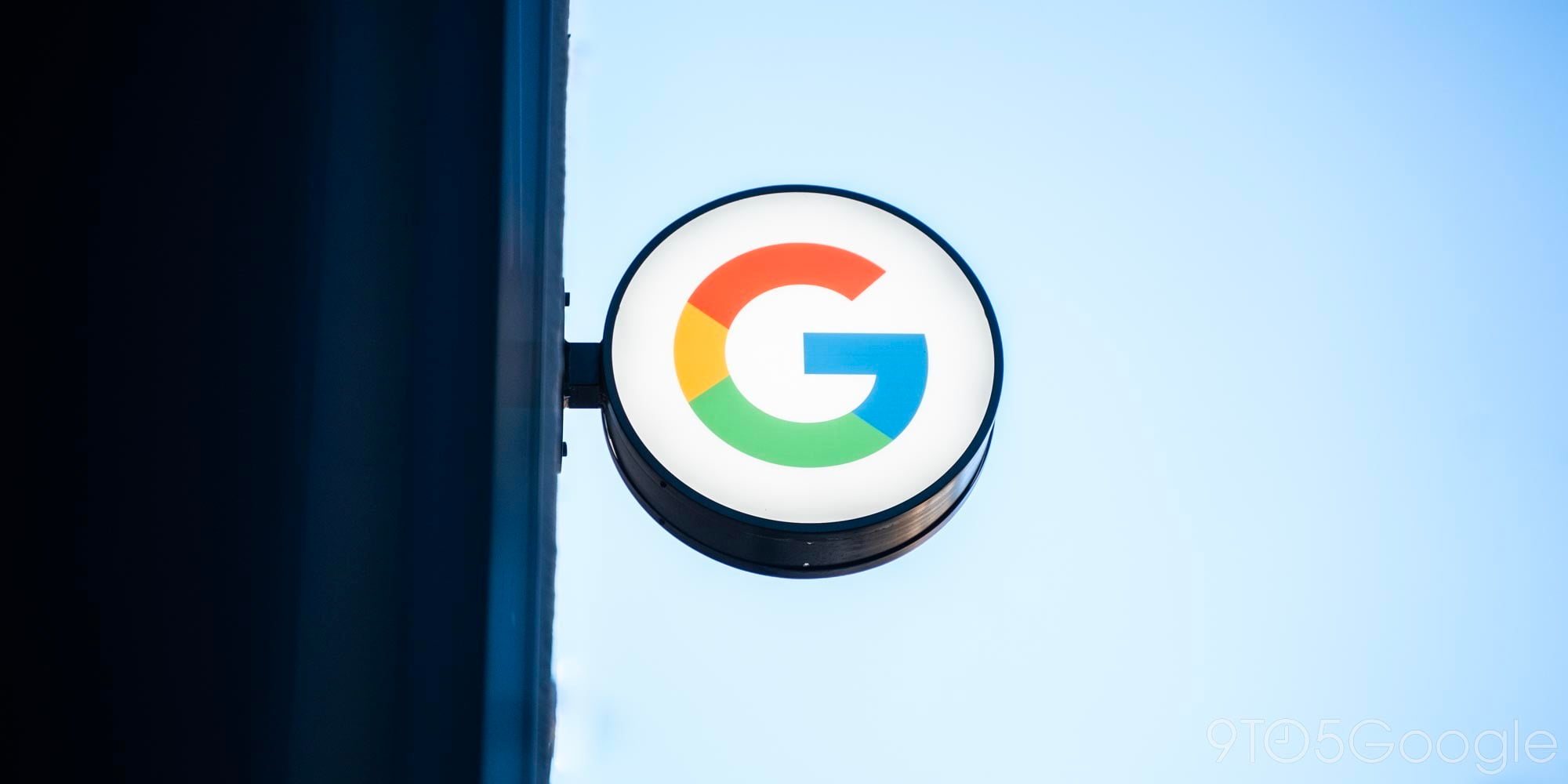Chromebooks win education as Google takes over from Apple & Microsoft in classrooms


Chromebooks have emerged as the clear leader in the classroom, reports CNBC, leaving former market leader Apple for dust.
Chromebooks now make up more than half of all devices in U.S. classrooms, up from less than 1 percent in 2012, according to a new report from Futuresource Consulting […]
Google’s rapid gains come at the expense of its biggest rivals. Over the past three years, Apple’s market share been slashed by more than half, from 52 to 24 percent and Microsoft’s market share has slipped from 43 to 24 percent.
Chromebooks now make up 4.4M of the 8.9M devices sold to schools and school districts, with Google noting that it is seeing the dual benefit of both increased market share and overall growth in demand for computing devices in schools …
Expand
Expanding
Close


